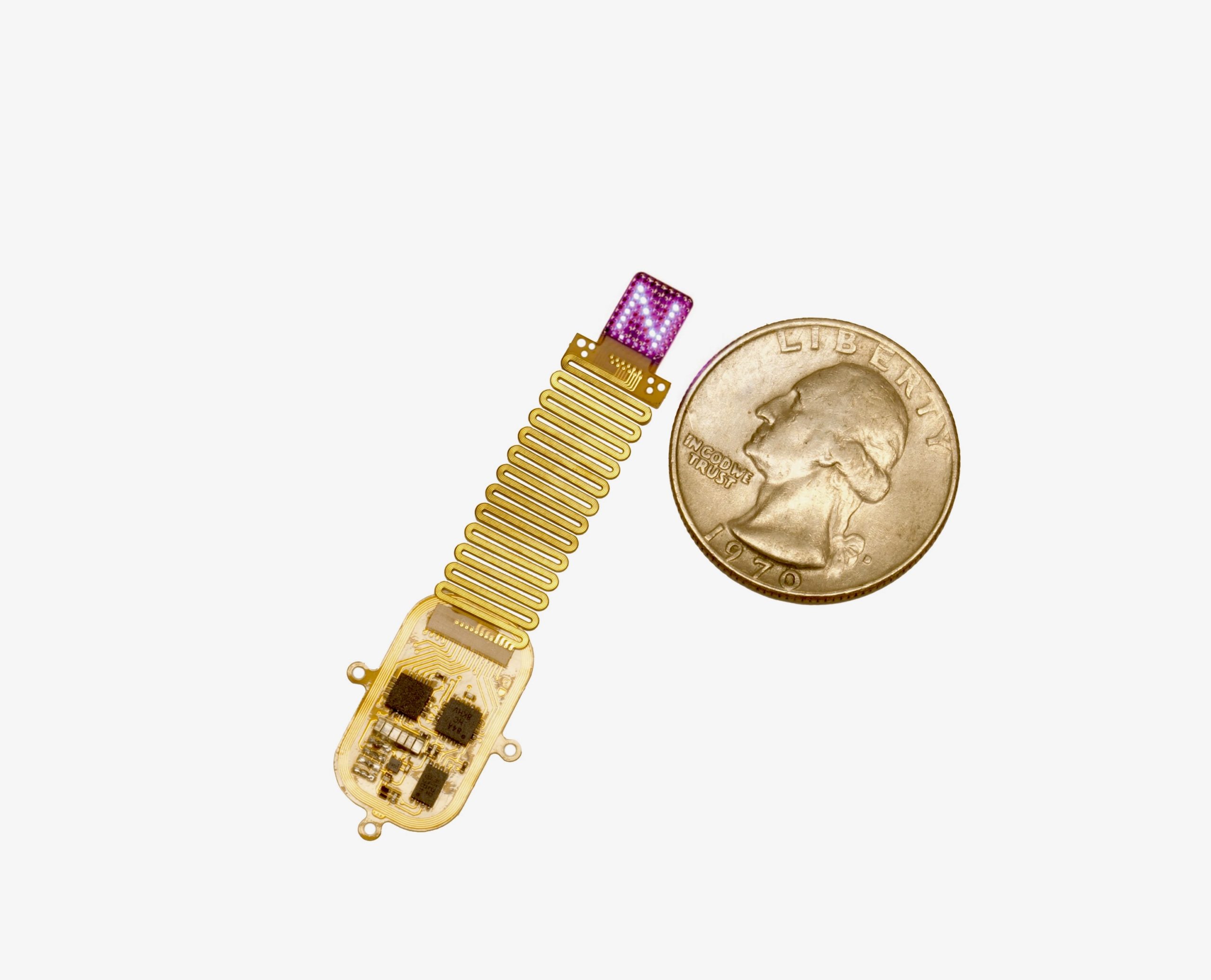
In adolescents with moderate to severe atopic dermatitis, a Janus kinase (JAK)-selective inhibitor has been shown to maintain high levels of improvement in symptoms and long-term quality of life after 76 weeks with strong evidence of safety, according to a recent Northwestern Medicine-led analysis of three international, randomized clinical trials published in JAMA Dermatology.
In the past five years, new systemic treatment options for atopic dermatitis have emerged: while subcutaneously administered monoclonal antibodies offer targeted therapy, JAK inhibitors offer an oral approach to care. Earlier generations of the drugs were linked to some serious potential risks, which resulted in a boxed warning from the FDA for all JAK inhibitors. The long-term safety of newer, more-selective JAK inhibitors for atopic dermatitis has been unclear, however.
“Adolescents with moderate to severe atopic dermatitis now have five FDA-approved treatment options and several studies have suggested that upadacitinib has the earliest and highest efficacy among these. In this study, we were looking very carefully at the safety of this group long term because adolescents who take upadacitinib will likely be on this drug for a very long time,” said Amy Paller, MS, MD, ‘81, ‘83 GME, the chair and Walter J. Hamlin Professor of Dermatology, who was senior author of the study.
Atopic dermatitis, more commonly known as eczema, is characterized by skin inflammation and itching. In most affected individuals, the onset is during infancy, but those with moderate to severe atopic dermatitis during adolescence are likely to have their disease continue through adulthood. The highly visible rashes and often intense itch can also reduce a patient’s quality of life.
Approximately 40 percent of affected adolescents have moderate to severe disease, which cannot be adequately treated solely with topical medications, including corticosteroids, according to Paller.
“In the past, our treatment choices were systemic immunosuppressants, which risked many side effects, or phototherapy, which inflicts a major time burden on adolescents and their families. Injected biologics are now first-line systemic therapy, targeting the activated pathway recognized to cause atopic dermatitis. However, giving the painful injection to adolescents every two weeks can be challenging and sometimes the biologic therapy is not sufficiently effective,” said Paller, who is also a professor of Pediatrics in the Division of Dermatology and director of the Skin Biology and Diseases Resource-Based Center.
More recently, JAK1-selective inhibitors have been FDA-approved for adolescents with moderate to severe disease.
“JAK inhibitors not only reduce skin inflammation but can also quickly reduce itch. JAK1 is part of the immune pathway that leads to inflammation in atopic dermatitis but also transmits the effect of an itch-specific cytokine called interleukin-13. From a rationale standpoint, having a JAK inhibitor offers the opportunity to target both the inflammation and itch directly,” Paller said.
In the current study, Paller and colleagues analyzed data from three international randomized clinical trials – the Measure Up 1, Measure Up 2, and the AD Up trials – which included a total of 542 adolescent patients (12 to 17 years) with moderate to severe atopic dermatitis. During the first 16 weeks, these adolescents received the JAK1 inhibitor upadacitinib once a day (either 15 or 30 milligrams, with or without a topical corticosteroid (depending on the study) or a placebo. Thereafter, all patients took upadacitinib for an additional 60 weeks.
The investigators found that patients who received upadacitinib had significant improvement in symptoms compared to placebo during the first 16 weeks, as measured by the Eczema Area and Severity Index Score (EASI-75), Validated Investigator Global Assessment for Atopic Dermatitis and Worst Pruritus Numerical Rating Scale (WP-NRS). This improvement was also sustained during the next 60 weeks and there no new adverse effects during this long-term usage.
The findings suggest that upadacitinib may be an effective second-line treatment option for patients with moderate-to-severe disease who don’t respond to topical or injected medications or cannot tolerate the injection of more targeted medications.
“As we accumulate more evidence of safety, we may start to think about using the JAK1-selective inhibitor earlier in the course for adolescents, given the medication’s fast action, strong effect on itch and oral administration,” Paller said. “Particularly in our adolescent population who are poorly adherent to the use of greasy topical medications, having something that’s easy to take and allows one to reduce or even eliminate the use of topicals can be life changing.”
This work was supported by AbbVie.






